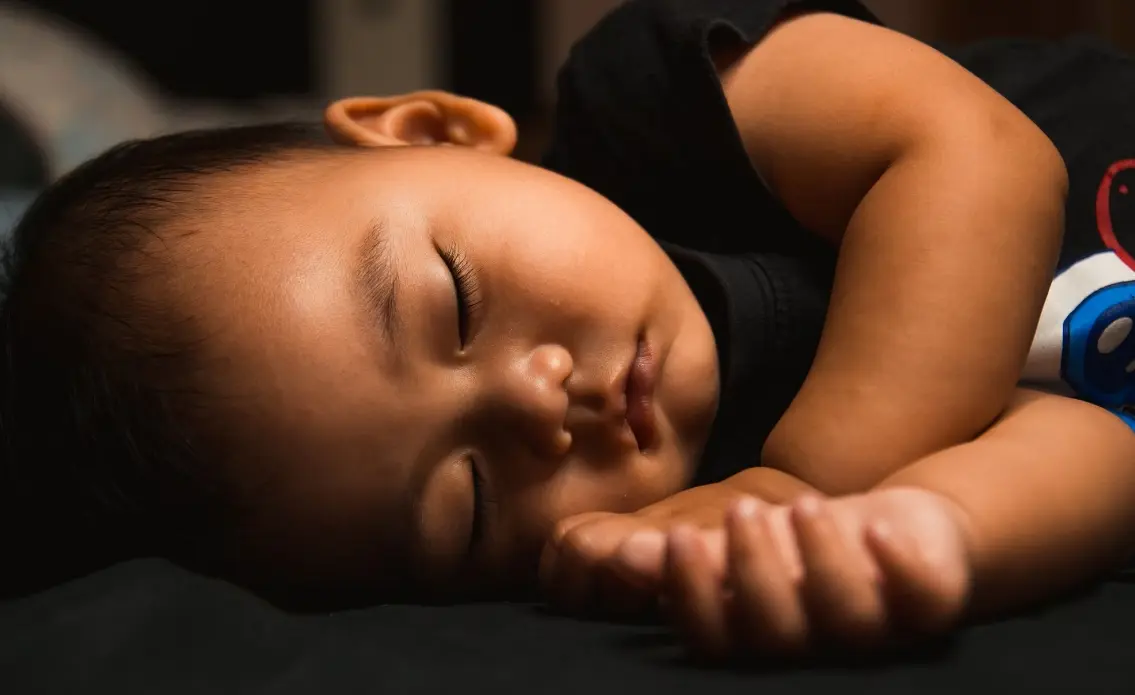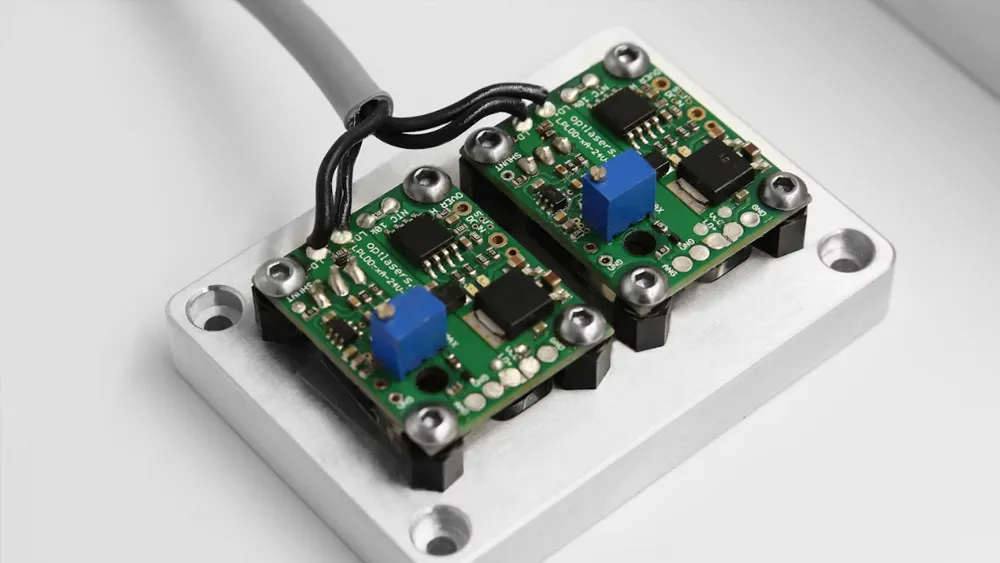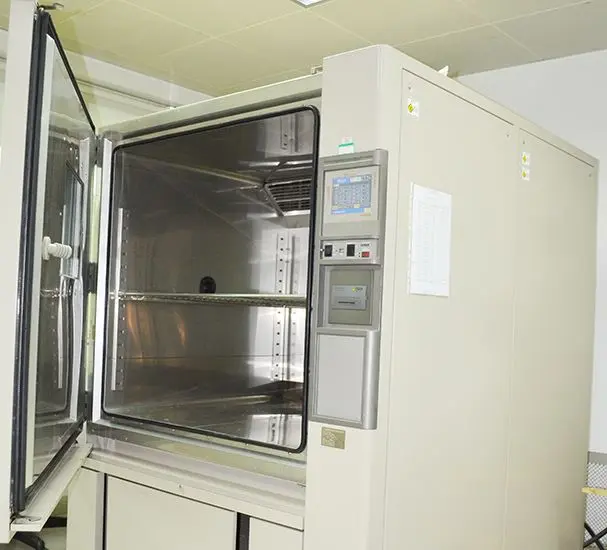
Children's Product Safety Testing
Infants and young children are the most cared-for yet most vULnerable group, and the safety performance of their related products deserves special attention. Due to children’s unique behavioral habits and immature physiological structures, the safety requirements for their products are more stringent. At present, developed countries generally have specialized safety regulations for children's products, covering key areas such as chemical safety, physical and mechanical safety, and flammability safety.
In China, the infant and child industry is developing toward health and professionalism. The safety and compliance of Chinese manufacturing are continuously improving, with enterprises actively responding to global safety requirements. China JJR Laboratory focuses on the quality and safety of infant and child products, assisting enterprises in verifying product safety.

Safety Testing Standards for Various Infant and Child Products
(1) Food-Contact Infant Products
- China: Safety Requirements for Infant Feeding Bottles(Alliance Standard); GB 4806.2 Hygienic Standard for Rubber Nipples; GB 28482 Safety Requirements for Infant Pacifiers; other sanitary requirements for food-contact materials.
- EU: (EC) No.1935/2004 Food Contact Materials Regulation; EN 1400 Safety Requirements for Infant Pacifiers; EN 14350 Safety Requirements for Children’s Drinking Equipment; EN 14372 Safety Requirements for Children’s Tableware and Feeding Utensils.
- USA: FDA 21CFR 170–189; 16 cfr 1511 Safety Requirements for Pacifiers; other infant food-contact materials standards.
(2) Children’s Vehicles
- China: GB 14746 (Children’s Bicycles); GB 14747 (Children’s Tricycles); GB 14748 (Baby Strollers); GB 14749 (Baby Walkers); GB 5296.5 (Consumer Product Instructions – Toys); GB 6675.2 (Toy Safety: Mechanical & Physical); GB 6675.3 (Toy Safety: Flammability); GB 6675.4 (Toy Safety: Migration of Certain Elements); GB/T 18885 (Eco-Textiles).
- EU: reach regulation; en 71-3 (Migration of Elements in Toys); Oeko-Tex Standard 100; EN 1888 (Wheeled Child Conveyances); EN 1273 (Baby Walkers).
- USA: astm f833 (Carriages & Folding Carriages); ASTM F977/16CFR 1227 (Baby Walkers); ASTM F963 (Toy Safety); cpsia (Consumer Product Safety Improvement Act); state-level chemical safety laws (e.g., Washington State CHCC).
(3) Cribs
- China: QB 2453.1 & QB 2453.2 (Household Cribs & Folding Cribs); GB 29281 (Playpens & Similar Cribs).
- EU: EN 716-1/-2 (Household Cribs & Folding Beds); EN 12227-1/-2 (Household Playpens); EN 747 (Bunk Beds & Loft Beds).
- USA: astm f1169/16CFR 1508 (Full-Size Cribs); ASTM F1821 (Toddler Beds); ASTM F406/16CFR 1509 (Non-Full-Size Cribs & Playpens); ASTM F1427/16CFR 1513/1213 (Bunk Beds); ASTM F2710 (Commercial Cribs).
- Australia/New Zealand: AS/NZS 2172 (Infant Cribs); AS/NZS 2195 (Folding Cribs).
- UK: BS 8509 (Children’s Beds for Domestic Use).
(4) Child Car Safety Seats
- China: GB 27887 (Child Restraint Systems for Motor Vehicles).
- EU: UNECE R44:2010; ECE R129 (Child Restraint Systems).
- USA: FMVSS 213 (Federal Motor Vehicle Safety Standard – Child Restraint Systems).
(5) Disposable Maternal and Infant Hygiene Products
- China: GB 15979 (Hygienic Standard for Disposable Hygiene Products, covering diapers, wet wipes, tissues, antibacterial liquids, menstrual hygiene products, etc.—including microbiological and toxicological requirements).
(6) Children’s Personal Care Products
- China: Cosmetic Hygiene Standard; GB 31701 (Safety Code for Infant & Children’s Textile Products); GB/T 18885 (Eco-Textiles).
- EU: Oeko-Tex Standard 100; EN 14682 (Safety Requirements for Cords & Drawstrings on Children’s Clothing).
- USA: 16 CFR 1616/1615 (Flammability Standards for Children’s Sleepwear); 16 CFR 1610 (Flammability Standards for Textile Clothing); ASTM F1816 (Drawstrings on Children’s Upper Outerwear).
(7) Children’s Furniture
- China: GB 28007 (General Technical Requirements for Children’s Furniture).
- EU: EN 14988-1/-2 (High Chairs); EN 1272 (Low Chairs).
- USA: ASTM F2057 (Clothing Storage Units Stability); astm f404 (High Chairs); ASTM F2640 (Booster Seats); ASTM F1235 (Portable Hook-On Chairs).
(8) Toys
- International: ISO 8124 (Toy Safety Standard).
- China: GB 6675 (Toy Safety Standard); GB 19865 (Safety of Electric Toys).
- EU: Toy Safety Directive (2009/48/EC); EN 71; EN 62115 (Electric Toys Safety); EMC Requirements.
- USA: CPSIA (Consumer Product Safety Improvement Act); ASTM F963 (Toy Safety Standard); FDA Requirements.
- Canada: CCPSA (Canadian Consumer Product Safety Act – Toys Regulations, sor/2011-17).
- Australia: AS/NZS ISO 8124 (Toy Safety Requirements); EMC.
- New Zealand: NZS 5822; AS/NZS ISO 8124.
- Japan: ST 2016 (Toy Safety Standard).
(9) Other Chemical Requirements
- REACH Regulation: SVHC List Screening.
- REACH Annex XVII: Restricted Substances Screening.
- POPs (Persistent Organic Pollutants) Regulations.
China JJR Laboratory has established and effectively operates a laboratory management system based on ISO/IEC 17025. It is equipped with advanced testing instruments including Agilent Gas Chromatography-Mass Spectrometry (GC-MS), Shimadzu High-Performance Liquid Chromatography (HPLC), UV/IR Spectrophotometers, Atomic Absorption Spectrometer, PerkinElmer Inductively Coupled Plasma Optical Emission Spectrometer (ICP-OES), X-ray Energy Dispersive Spectrometer (EDX), Anton Paar Microwave Digestion Systems, and more—ensuring strong testing capability.
Email:hello@jjrlab.com
Write your message here and send it to us
 What is EU UFI Registration?
What is EU UFI Registration?
 EU UFI Registration for E-cigarette E-liquid
EU UFI Registration for E-cigarette E-liquid
 How to get the MSDS Report for Electronic Cigarett
How to get the MSDS Report for Electronic Cigarett
 Prop 65 Warning on Appliances
Prop 65 Warning on Appliances
 Apparel Heavy Metal Testing
Apparel Heavy Metal Testing
 Can You Conduct Lab Tests to UL Standards
Can You Conduct Lab Tests to UL Standards
 What Products Are Affected by Prop 65?
What Products Are Affected by Prop 65?
 CPSIA Compliance for Children's Products
CPSIA Compliance for Children's Products
Leave us a message
24-hour online customer service at any time to respond, so that you worry!




